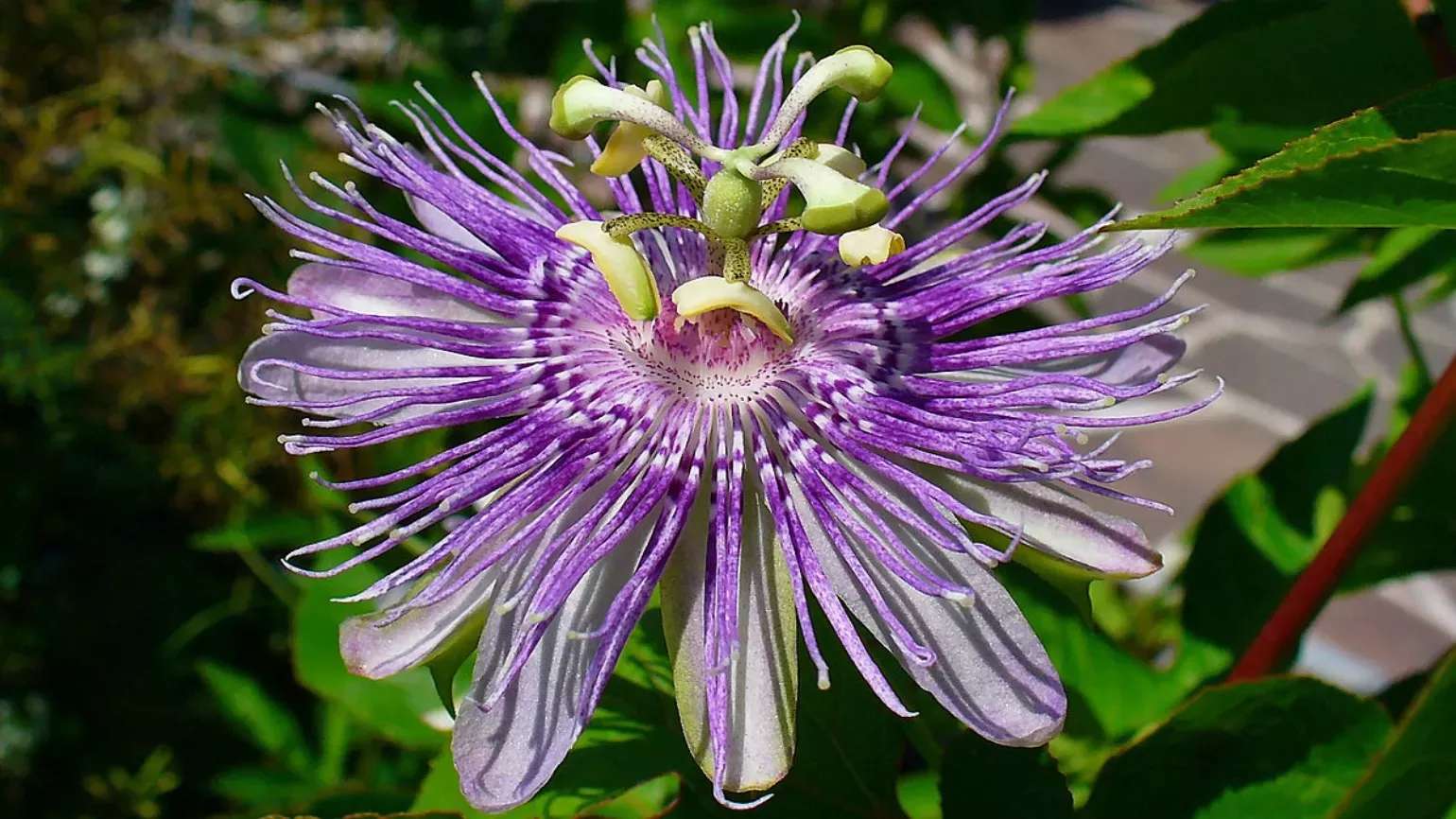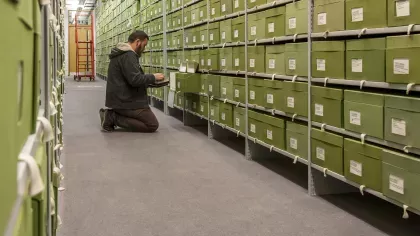12 October 2024
What is colour?
Colour is what brings the natural world to life. But what is it, why do we see it, and why is it important in nature?

It might seem like an odd question, but have you ever thought about what colour really is?
Colour isn't a consistent physical characteristic of an object, like size or mass.
To see colour, you need light. When light shines on an object, some light bounces off and some is absorbed.
The colour our eyes see depend on the wavelengths of light that are reflected. Shorter wavelengths are towards the red end of the spectrum, and longer wavelengths are at the purple end.
But the light reflected depends on the light shined on the object. Under white light, an apple may appear red, but the same apple would appear black under blue light.
Why does natural colour exist?
When the first eyes evolved, around 520 million years ago, evolution went into overdrive
When the first eyes came into existence, the natural world started to evolve bright and beautiful shades.
Over millions of years, animals evolved to use colour to their advantage. They developed bright feathers and scales to attract mates and deter predators. They even developed ways to use colour so they could camouflage themselves and disappear into their surroundings.
In the plant world, plants developed brightly coloured flowers to attract pollinators, like bees and butterflies.
Vibrant colours are more attractive to pollinators, like bees, which are drawn in by blue tones.
Fruits have developed to be bright colours, to let animals know when they're ripe to eat. This means the fruits are more likely to be eaten by peckish animals and the seeds dispersed through their poo.


How is colour produced in nature?
1. Pigment
Pigment is the most common way that colour is produced in nature. You find it in flowers, and also in human skin and hair.
Pigments are a group of compounds that absorb light.
Different pigments reflect and absorb wavelengths of light differently, which is how they appear as different colours to our eyes.
Chlorophyll is an example of a pigment. Chlorophyll absorbs wavelengths of light from each end of the visible spectrum, but not from green. Green is reflected, and that's why plants appear green to the human eye.


2. Fluorescence
Fluorescence is another that colour is produced in nature. This is when light is absorbed by an organism and re-emitted.
This happens when certain chemicals absorb radiation (such as ultra-violet light) and then re-emit this light at a longer wavelength, one that we can see.
Fluorescence occurs in nature, such as in some minerals, and in some birds and turtles. The ink in highlighter pens is an example of man-made fluorescent colour.
It also occurs in some amphibians, such as the South American polka-dot tree frog Boana punctata, which appears to glow in the dark.

3. Bioluminescence
This is when light is emitted by living things, through chemical reactions in their bodies.
The light is created when two chemicals, called luciferin and either luciferase or photoprotein, react.
It is used for a number of reasons: to mate, to defend against attackers, and many other activities.
Some use it to lure prey, such as the anglerfish. Anglerfish have growths on the top of their heads that contain a ball of light. Curious fish are lured towards the light in the darkness and end up as a tasty meal.
Bioluminescence can also be found in the plant world. Some types of moss emit light, and fungi such as Filoboletus manipularis glow green at night.


4.Structural colour
Structural colour is a type of colour created by microscopic structures that reflect and refract light.
These structures produce the brightest, most iridescent colours found in nature.
Some plants and animals have these structures in their surface layers, which reflect light in a specific way to generate bright, bold colours.
This is how the dazzling blue-greens on butterfly wings, hummingbirds and peacock feathers are formed.
Structural colour can last for millions of years. In Kew’s collection, the berries of Pollia condensata still shine a vibrant blue, as the structures have not decayed in the spirit they are stored in.


Discover Botanical Blues this winter at Kew Gardens
As part of Expressions in Blue, Felicity Aylieff’s major new exhibition in the Shirley Sherwood Gallery, discover vibrant blues for yourself in the Botanical Blues exhibition.
Accompanying the monumental ceramic sculptures, browse a selection botanical art works, curated by Dr Shirley Sherwood in collaboration with Felicity Aylieff, that highlight the rich variety of blues found across the plant kingdom, including the jade vine (Strongylodon macrobotrys) and Agapanthus.
Learn more about Botanical Blues



